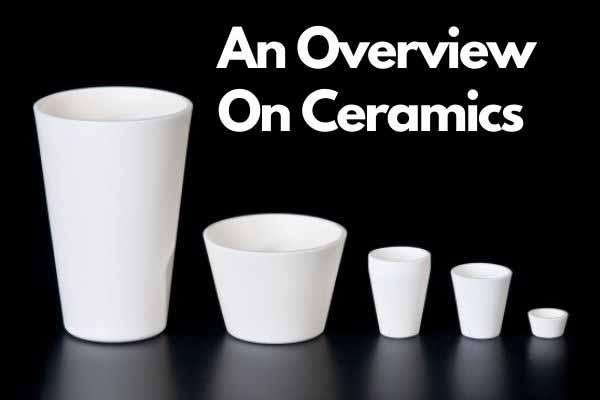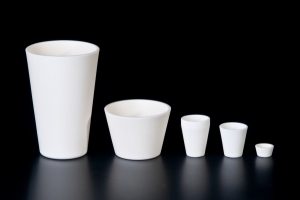- Alumina
- Boron Nitride
- Zirconia
- Other Ceramics
- Applications
- Contact

The word ‘ceramic’ is originated from Greek word keromikos, which means ‘burnt stuff’. Ceramics are compounds of metallic and non-metallic elements.
– high temperature stability
– high hardness – brittleness
– high mechanical strength
– low elongation under application of stress
– low thermal and electrical conductivities
Ceramics are classified in many ways. It is due to divergence in composition, properties and applications.

Based on their composition, ceramics can be divided into:
– Oxides
– Carbides
– Nitrides
– Sulfides
– Fluorides etc.
Based on their specific applications, ceramics are classified as:
– Glasses
– Clay products
– Refractories
– Abrasives
– Cements
– China Special Ceramic Parts for special applications
Based on their engineering applications, ceramics are classified into two groups as:
– Traditional ceramics – most made-up of clay, silica and feldspar
– Engineering ceramics – these consist of highly purified aluminium oxide (Al2O3 ), silicon carbide (SiC) and silicon nitiride (Si3N4 )

– high temperature stability
– makes conventional fabrication routes unsuitable for ceramic processing
Inorganic glasses, though, make use of lower melting temperatures: Most other ceramic products are manufactured through powder processing.
Powder synthesis – green component (casting, extrusion, compaction) – sintering / firing.